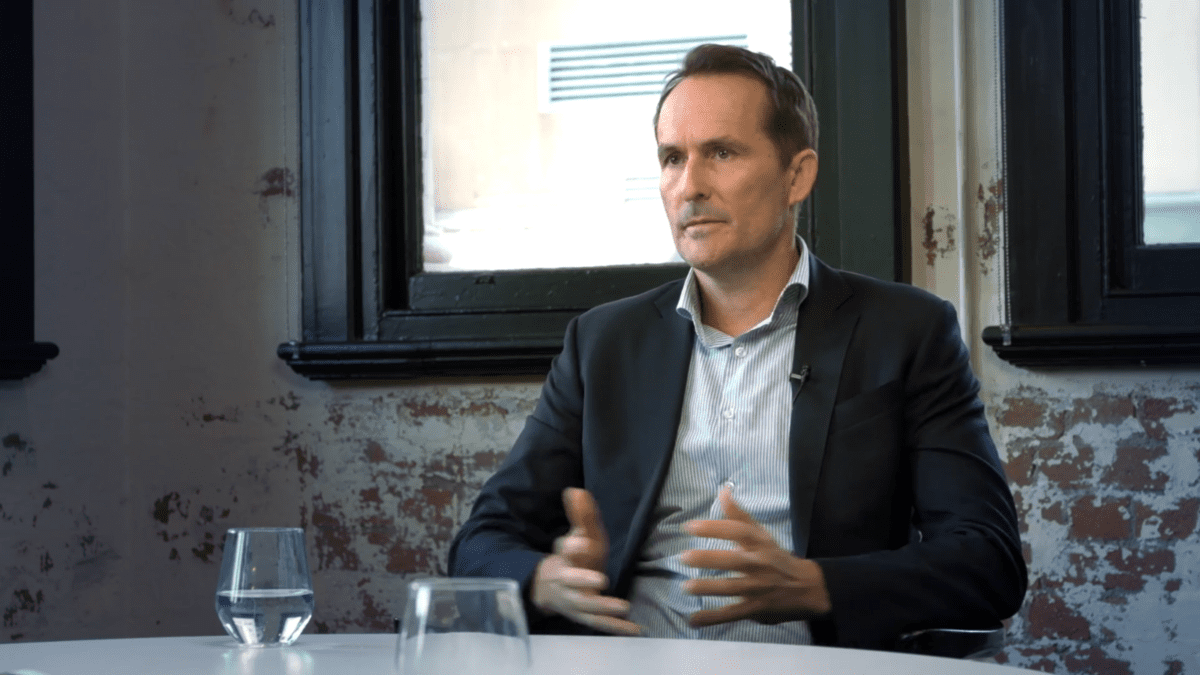Private-for-longer shifts opportunity set from public markets
Companies are staying private for much longer, and investors sticking exclusively to public markets risk leaving substantial alpha on the table, industry leaders told The Inside Network’s Alternatives Symposium 2023 in Melbourne on February 21.
In a session titled Looking Through the Cycle, Christian Munafo, chief investment officer at Liberty Street Advisors, and Claire Smith, alternatives director at Schroders, told delegates the trend has deep implications for investors and emphasised the need to create liquidity solutions in a market that is structurally illiquid.
“Companies staying private longer impacts the entire ecosystem,” Munafo said. “If you’re a fund manager, and your fund companies are staying private longer, your fund is now exceeding the natural life of that market.”
The macroeconomic picture, with concern over rising interest rates and increasing inflation, means 2023 will be a “very different economic scenario” compared with the past 10 years, Smith said, with consequences for investing in private markets. “We do think you need to be more cautious investing this year.”
“One of the things we are being cautious about is dry powder overhang,” Smith continued. “This is where a strategy has had a lot of popularity, a lot of money has flown into it, and then some less experienced managers making investment decisions that we don’t think will pan out.”
The trend of staying private has been ongoing for several decades, with the number of publicly listed companies in the US essentially halved in the past 20 years. Some of it is driven by regulatory changes, with companies increasingly seeking to avoid the administrative inefficiencies and costs associated with going public.
“In our world, if you’re a high-growth company trying to disrupt an industry you may not want to be held accountable until you’re a much larger business, so it makes more sense to stay private longer,” Munafo said.
“But perhaps most importantly, the amount of capital that’s being made available to these types of companies has absolutely surged over the past 20 years.”
As companies wait longer to go public, many are growing into much larger businesses before they go to initial public offering, and the market capitalisation of companies going public today is dramatically higher than was the case 20 years ago. “If you’re a public market investor, historically, you can access these types of companies by basically pressing the ticker,” Munafo said.
“Now, these companies are seeing massive capital appreciation in private markets, and unless you have access to these types of strategies and certain levels of accreditation, you’re missing out on substantial runoff in capital appreciation while these companies stay in the private market.”
He added that the industry is trying to address this challenge by creating “wrappers” that make private equity more accessible to retail investors. This would “democratise access to an asset class that has historically only been available to very large, institutional-grade accredited investors,” Munafo said.
The trend has also increased the number of so-called unicorns – privately held startups valued at more than US$1 billion – although this is also partly due to froth in the market and ‘tourist’ investors driving up demand just by buying into the market, according to Munafo. However, valuations are beginning to return to more realistic levels, creating private-market opportunities that are becoming harder to ignore.
“The tourists have gone away,” he said. “But you still have a tremendous amount of these companies that have grown in value in many cases due to the actual worth of the businesses, not just frothy valuations.”
Private markets offer the chance for “massive capital appreciation” and a shorter path to realisation, according to Munafo. But Liberty Street’s strategy involves buying in later in a company’s development to avoid the technology risk of earlier-stage businesses. “Many of these companies look like traditional small and mid-cap growth companies, but they’re just not available in this day and age in the public markets nearly as much as they are in the private markets.”
Smith said Schroders, which focusses on buyouts, is especially interested in the small-to-mid-cap range, with small buyouts tending to have more resilience and be less correlated with listed companies. There are “more repeatable, more formulaic ways of extracting returns”, and companies at the smaller end of the market also trade at a lower price.
“In the current interest rate environment, these companies tend to have less leverage, which we like because we’re not in it to buy companies and derive returns through financial restructuring,” she said. Moreover, “we really try to focus the portfolio on those mission-critical companies that are not going to be affected as much if we do have a recession or a more subdued market environment”.
Munafo said the types of investments available in private markets are very different from what was possible in the past. Larger, more established companies are now on offer in this sphere, and private investors are now outperforming those who wait to access companies in the public market.
“This isn’t the proverbial two guys or gals in a garage in Palo Alto trying to whiteboard the next idea. These are real businesses typically doing $50 million, $100 million, in some cases billions of revenue, that 20 years ago would have been publicly traded. But the cost of these dynamics is staying private for longer.”









